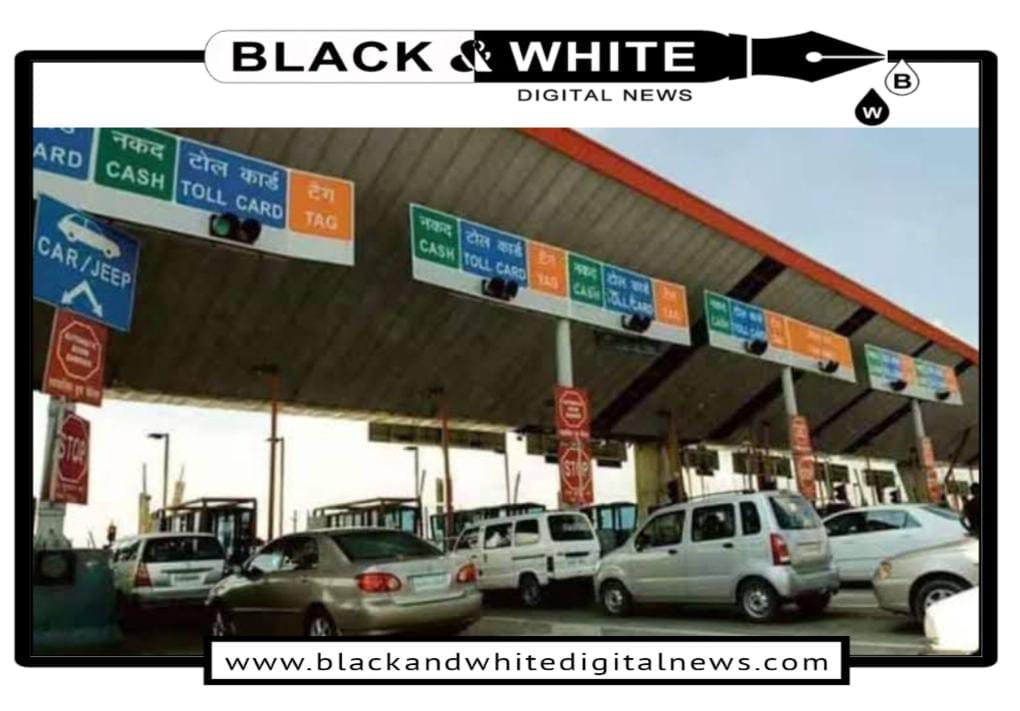Goodbye FASTag, Hello GNSS: India’s Leap Towards a Next-Generation Toll Collection System
The Indian government is set to replace FASTag with the Global Navigation Satellite System (GNSS), promising a more efficient, equitable, and secure toll collection method across the nation’s highways.
The End of the FASTag Era :
The toll collection system in India has undergone significant transformation over the past decade, with FASTag revolutionizing the way tolls are collected on the country’s extensive highway network. Based on Radio Frequency Identification (RFID) technology, FASTag has streamlined toll payments, reducing the need for cash transactions and cutting down on congestion at toll plazas. However, as effective as FASTag has been, it is not without its limitations, such as overcharging, toll evasion, and persistent bottlenecks at some toll booths.
Recognizing these challenges, the Indian government is preparing to transition to an even more advanced toll collection system—Global Navigation Satellite System (GNSS). This technology promises to resolve the inefficiencies of FASTag and introduce a new era of tolling based on real-time location tracking.
FASTag: Revolution and Limitations:
FASTag has been a game-changer for India’s toll collection system, allowing for automatic toll deductions as vehicles pass through designated booths. Despite its widespread adoption, several issues persist. Instances of overcharging, where vehicles are billed incorrectly, and the persistence of congestion at certain toll plazas have highlighted the system’s flaws. Additionally, toll evasion remains a concern, as some drivers find ways to bypass toll booths altogether.
The limitations of FASTag have prompted the government to explore a more sophisticated solution—GNSS. This system aims to address the shortcomings of the current technology by introducing a toll collection method that is more accurate, fair, and efficient.
Global Navigation Satellite System (GNSS) is a satellite-based technology that represents the next evolution in toll collection. Unlike FASTag, which relies on fixed toll locations and vehicle classification for determining charges, GNSS uses real-time satellite tracking to calculate tolls based on the exact distance a vehicle travels on a toll road. This method ensures that drivers only pay for the distance they cover, making the tolling process more equitable.
With GNSS, the need for traditional toll booths is eliminated, as the system monitors a vehicle’s journey from entry to exit on a highway via satellite. This shift from a fixed toll system to a distance-based one marks a significant change in how tolls are calculated and collected, promising to reduce congestion and enhance the overall efficiency of toll operations.
Benefits of GNSS: For Consumers and the Government:
The introduction of GNSS is expected to bring multiple benefits. For consumers, the most obvious advantage is a more seamless tolling experience. By eliminating the need for toll booths, GNSS will reduce bottlenecks and queues, making highway travel faster and more convenient. Additionally, because toll charges will be based on actual road usage, drivers will no longer face the risk of being overcharged for short trips.
For the government, GNSS offers a more secure and efficient method of toll collection. The satellite-based system is less prone to evasion, addressing a key issue that has plagued the current system. Furthermore, the data collected through GNSS can be used to improve traffic management and infrastructure planning, offering insights into traffic patterns and road usage that can inform future development projects.
Phased Implementation: A Gradual Shift to GNSS:
The transition to GNSS will not happen overnight. The Indian government has announced plans to implement the new system in phases, starting with a hybrid model that integrates GNSS with the existing FASTag technology. Initially, only a few lanes at selected toll plazas will be converted to GNSS. This gradual adaptation will allow both the technology and users to adjust to the new system. Over time, as GNSS proves its effectiveness, it will replace all toll booths with satellite-enabled tolling.
Pilot Projects and Future Expansion:
The government has already begun testing GNSS on two major national highways: the Bengaluru-Mysore National Highway (NH-275) in Karnataka and the Panipat-Hisar National Highway (NH-709) in Haryana. These pilot projects are crucial in refining the technology and addressing any challenges that arise during its initial implementation.
How GNSS-Based Toll Collection Works:
The GNSS system operates through a combination of satellite technology and onboard units installed in vehicles. As a vehicle enters a tolled road, the system starts tracking its journey via satellite. When the vehicle exits the tolled section, the system calculates the total distance traveled and automatically deducts the corresponding toll from a digital wallet linked to the vehicle’s registration. This method, already in use in several European countries, has proven to be highly effective in streamlining toll collection.
Economic Impact and Future Projections:
The economic implications of GNSS are substantial. Currently, the National Highway Authority of India (NHAI) collects around Rs 40,000 crore annually from tolls. With the introduction of GNSS, this figure is projected to increase significantly, potentially reaching Rs 1.40 trillion within the next two to three years. This surge in revenue will be critical for funding further infrastructure development and maintenance across the country.
Union Minister Nitin Gadkari has expressed his vision for India’s road network to rival that of the United States by the end of 2024. He believes that GNSS, along with other infrastructure initiatives like Bharatmala-2, will play a pivotal role in achieving this goal.
Conclusion: A New Era of Toll Collection:
The introduction of GNSS marks a significant advancement in India’s toll collection system. By addressing the limitations of FASTag and introducing a more accurate, equitable, and efficient method, GNSS promises to transform the way tolls are calculated and collected on India’s highways. As the government begins the phased implementation of this technology, the country is poised to enter a new era of road travel—one that is faster, fairer, and more efficient.



